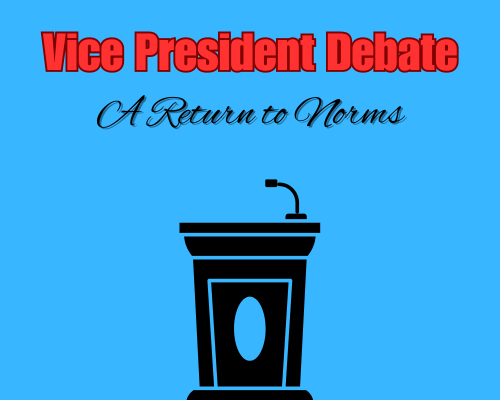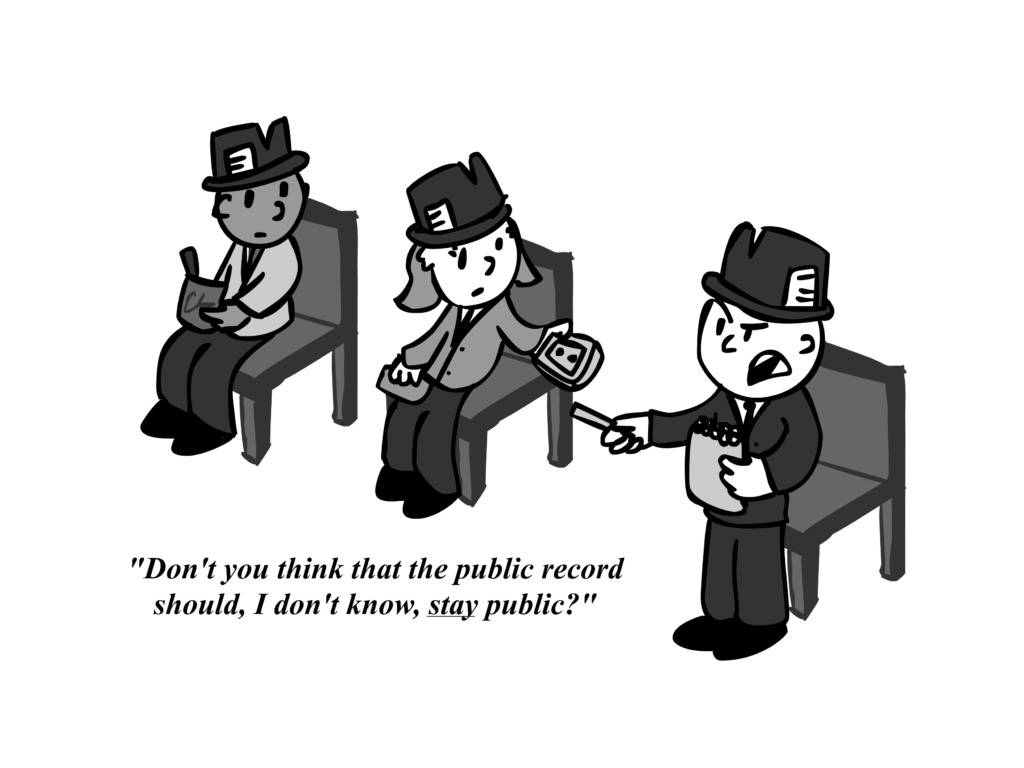Column by Rachel Wood, contributing writer
Since 2010, Walt Disney Pictures has released approximately 47 feature films, 20 of which are remakes or sequels. Several of those movies have been re-imaginings or sequels to some of our favorite ’90s nostalgia classics – so what is driving Disney to make them?
Obviously, profit is a huge factor. Sequels to blockbuster hits like “Finding Nemo” and “Toy Story” are sure to draw just as big of an audience as a live-action remake of “Cinderella.” However, the Walt Disney Company, with its billions of dollars in assets, could surely afford one or two box office flops, right?
Perhaps even more interesting is that this phenomenon is not just isolated to the film industry. Nostalgia culture is becoming a staple in the fashion industry – from retro swimsuits to ’90s chokers – as well as the video game industry. After all, Nintendo’s newest system has already been dubbed a “$300 Zelda machine.” Why aren’t these companies and innovating?
I think this inundation of nostalgia is purely based on just how quickly technology is developing and how fast we are consuming it.
Go back to Disney, for example. Disney has produced almost 50 blockbuster hits in less than 7 years, and none of us are really phased by it. Disney was producing an average of 10 feature films per decade 50 years ago. Though technology has certainly sped up the process since then, we’ve become desensitized to the level of intensity of media production.
We are rapidly consuming media and have no signs of slowing down. Companies, therefore, have to respond in kind. By speeding up their production process, creators have less time to innovate and certainly less time to build characters and stories from the ground up. And why should they have to? They know we’ll go see the latest live-action remake of our favorite childhood films –even I’ll admit I’m not skipping out on “Beauty and the Beast.”
Another huge factor to keep in mind is that the “’90s” generation, Generation Y, the one that grew up on “Monster’s Inc.” and “The Lion King,” has the most heavy influence on entertainment companies. Polls have shown that almost every member of this generation uses the internet. Of course companies are going to listen to the opinions and petitions we post online; we’re the exact market they’re pandering to for their industry.
All in all, it’s an endless cycle. The more we prey on the nostalgia of decades past, the more companies are going to produce items that trigger that nostalgia. As we keep consuming the same, revamped products, companies will never feel the need to get their creative juices flowing.
So, how do we have a more successful, diverse media market? Keep supporting the smaller creators. Indie video game developers, independent filmmakers and unsigned artists all have the benefit of developing for a culture that demands an endless supply of content, as well as one that offers user-friendly technology. However, they can’t thrive without some support from our end. If we support unique ideas, bigger companies will be forced to step up their creative game.
This is a two-way street, though. Creativity takes time. If we slow down our consumption of media, companies would have more time to come up with the ideas that will define our generation. Right now, though, it just seems like we’re a decade of recycled concepts and overdone storylines.
Don’t let these big-name producers sit back while we continuously give them money for the same old content.































































































